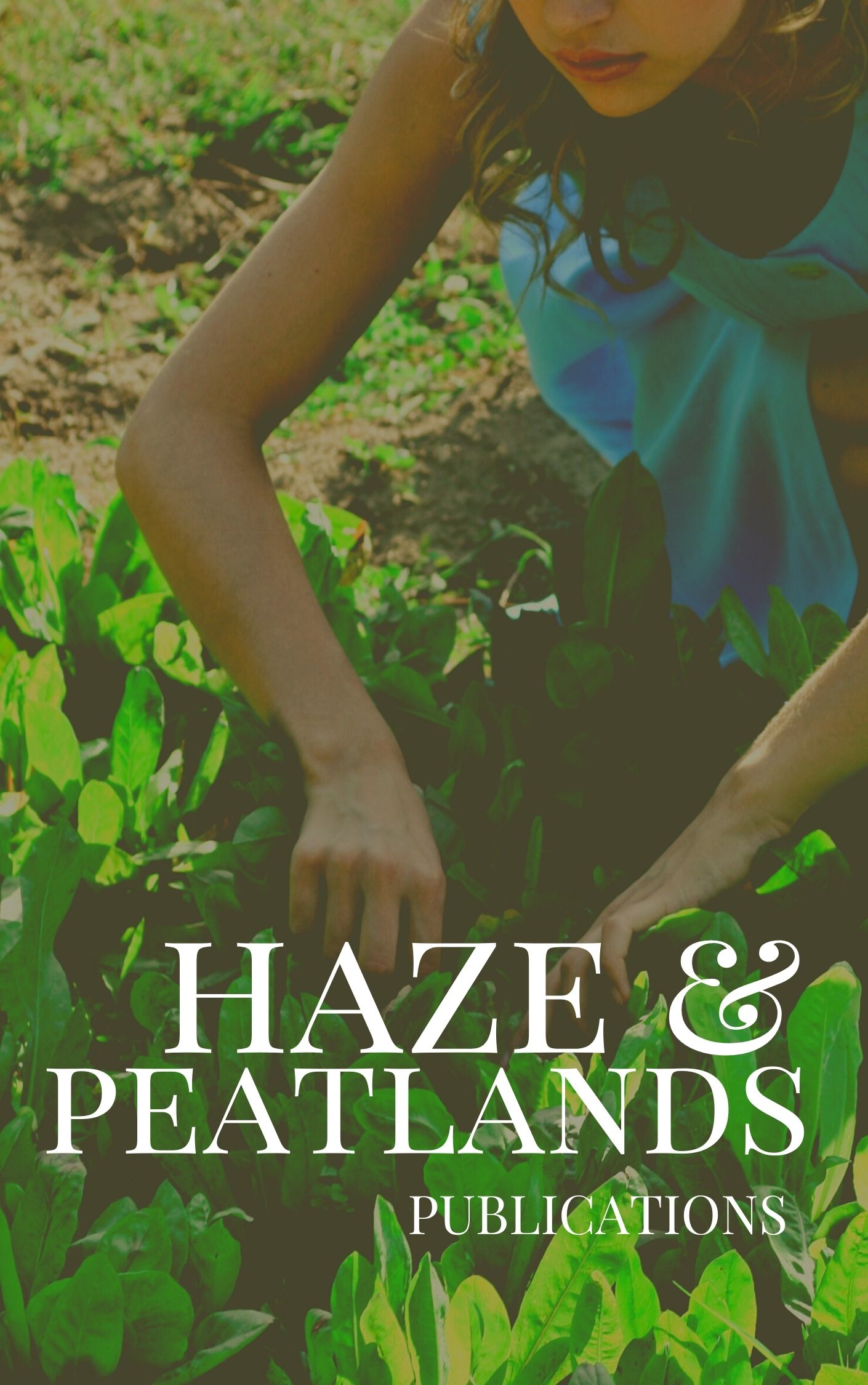Peatland fires are increasingly becoming a concern as a recurring environmental issue in Indonesia, particularly along the east coast of Sumatra Island, in Bengkalis Regency. Therefore, the development of a peatland fire prediction model is necessary. This study aims to identify peatland fire vulnerability in Bengkalis Regency using burn area from MODIS 2019. The algorithm used are Random Forest (RF) and Logistic Regression (Log-Reg), with independent variables including physiography, peat physical characteristics, anthropogenic factors, climate, and NDMI. The total burned area in Bengkalis Regency in 2019 was 175.85 km2 , with Rupat District being the area with the largest burned area. The best model is RF that was able to predict peatland fires in Bengkalis Regency effectively, with achieving an AUC value of 0.972. The five main factors influencing peatland fires were road density, precipitation, drainage density, NDMI, and river density. The accuracy of RF reached 95.07%. The classification results indicated three levels of peatland fire vulnerability in Bengkalis Regency center dot Non-Vulnerable: Areas classified as non-vulnerable are regions where the risk of peatland fires is minimal or non-existent. center dot Low Vulnerability: These areas have a moderate risk of peatland fires. center dot High Vulnerability: Areas with high vulnerability are the most susceptible to peatland fires.
View source

